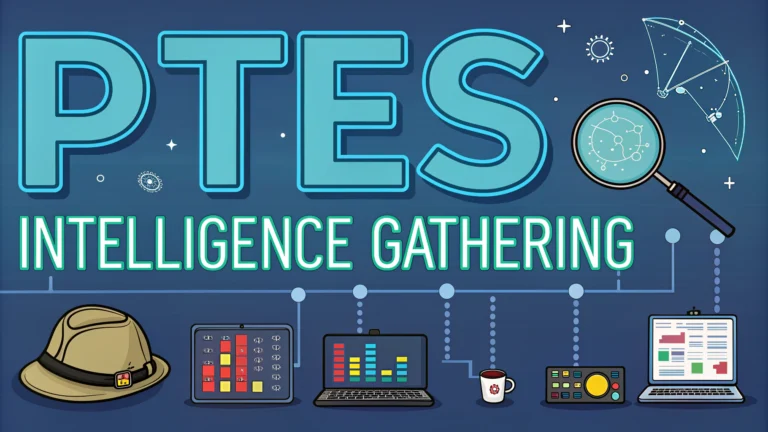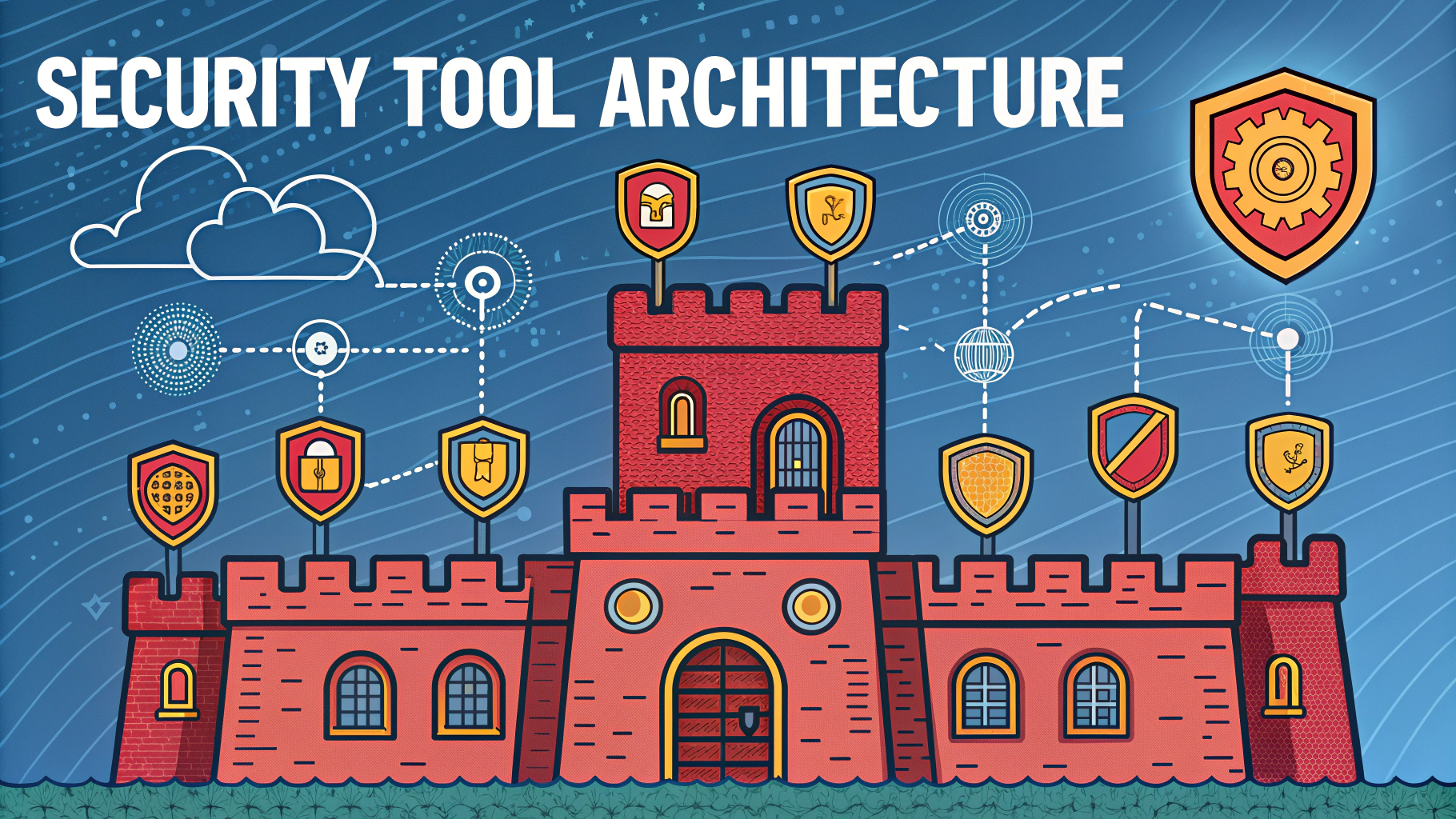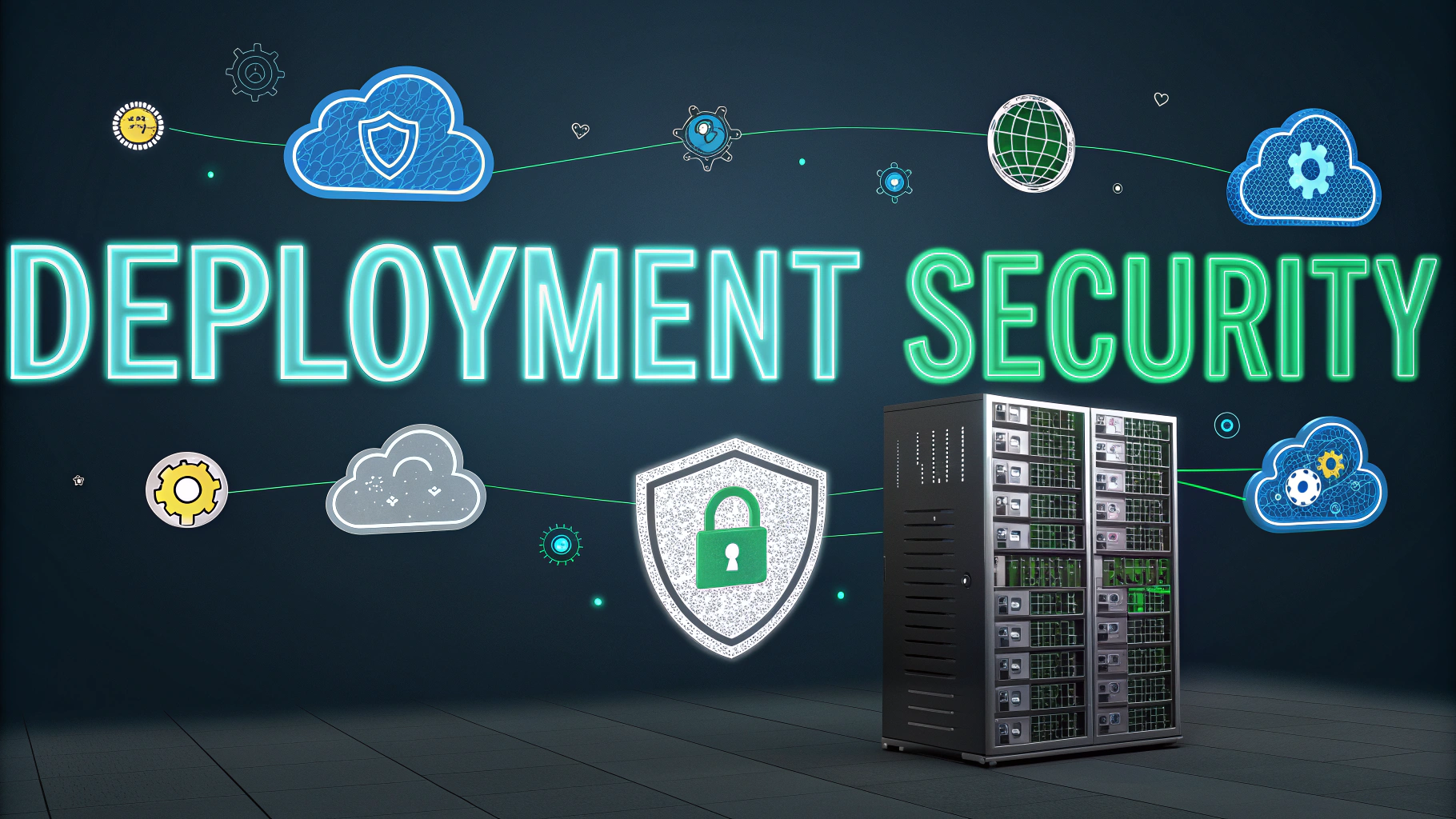Intelligence gathering forms the foundation of any successful penetration test, determining the quality and effectiveness of later testing phases.
This guide covers essential intelligence gathering methods and tools for penetration testing engagements.
Passive Information Gathering
Passive reconnaissance allows testers to collect information without directly interacting with the target systems.
- WHOIS Lookups: Domain registration details, IP blocks, nameservers
- DNS Enumeration: Subdomains, mail servers, zone transfers
- Google Dorking: Advanced search operators to find exposed information
- Social Media Analysis: LinkedIn profiles, company structure, employee details
- Public Records: Business filings, financial reports, legal documents
Active Information Gathering
Active reconnaissance involves direct interaction with target systems to gather technical information.
- Port Scanning: Service identification, version detection (Nmap)
- Web Application Analysis: Directory enumeration, technology stack identification
- Network Mapping: Infrastructure layout, routing paths, network segments
- Service Fingerprinting: Identifying specific versions of running services
Essential Tools
| Tool | Purpose |
|---|---|
| Nmap | Port scanning and service detection |
| Recon-ng | Web reconnaissance framework |
| Maltego | Visual link analysis and information gathering |
| theHarvester | Email, subdomain, and host name gathering |
Documentation Best Practices
- Create organized folders for each target and information type
- Document all findings with timestamps and methods used
- Maintain separate logs for passive and active reconnaissance
- Screenshot important findings for report documentation
Common Mistakes to Avoid
- Skipping passive reconnaissance before active scanning
- Not verifying information from multiple sources
- Failing to document methodology and findings
- Overlooking non-technical information sources
For technical support and additional resources, contact organizations like OWASP (https://owasp.org) or Offensive Security (https://www.offensive-security.com).
Advanced Information Gathering Techniques
Moving beyond basic reconnaissance requires specialized techniques and understanding of advanced information sources.
Cloud Infrastructure Analysis
- S3 Bucket Enumeration: Discovering exposed cloud storage
- Cloud Service Fingerprinting: Identifying AWS, Azure, GCP resources
- API Gateway Discovery: Mapping cloud service endpoints
Supply Chain Intelligence
- Third-party Vendors: Identifying connected services and dependencies
- Code Repository Analysis: GitHub, GitLab, Bitbucket reconnaissance
- Package Dependencies: Analyzing software supply chain components
Specialized Toolsets
| Category | Tools |
|---|---|
| Cloud Enumeration | CloudMapper, ScoutSuite, CloudSploit |
| OSINT Automation | SpiderFoot, OSINT Framework, Shodan |
Conclusion
Effective intelligence gathering requires a methodical approach combining both passive and active techniques. Success depends on:
- Systematic documentation and organization of findings
- Regular updating of tools and methodologies
- Understanding of both technical and non-technical information sources
- Proper scoping and prioritization of reconnaissance efforts
Remember that intelligence gathering is an iterative process that continues throughout the entire penetration testing engagement.
FAQs
- What is intelligence gathering in penetration testing?
Intelligence gathering is the systematic collection of information about a target system, network, or organization to identify potential security vulnerabilities and entry points. - What are the main components of PTES intelligence gathering?
The main components include footprinting, OSINT (Open Source Intelligence), DNS enumeration, network reconnaissance, WHOIS lookups, social engineering research, and infrastructure identification. - Which tools are commonly used for PTES intelligence gathering?
Common tools include Maltego, Shodan, Nmap, theHarvester, Recon-ng, Google Dorks, DNSRecon, and WHOIS databases. - What is passive reconnaissance in PTES?
Passive reconnaissance involves gathering information without directly interacting with the target system, using public sources, search engines, and social media. - How does active reconnaissance differ from passive reconnaissance?
Active reconnaissance involves direct interaction with the target system through port scanning, network mapping, and service enumeration, which can be detected by the target. - What types of information should be collected during PTES intelligence gathering?
Key information includes IP ranges, domain names, employee information, technology stack, network topology, security measures, and business relationships. - Why is OSINT crucial in PTES intelligence gathering?
OSINT provides valuable information from publicly available sources without alerting the target, helping identify potential attack vectors and vulnerabilities. - What are the legal considerations in PTES intelligence gathering?
Penetration testers must obtain proper authorization, respect privacy laws, avoid unauthorized access, and stay within the defined scope of the engagement. - How can social media be leveraged in PTES intelligence gathering?
Social media can reveal organizational structure, employee information, technology stack details, and potential social engineering vectors. - What role does DNS enumeration play in intelligence gathering?
DNS enumeration reveals subdomain information, mail servers, network topology, and potential entry points through DNS record analysis.







